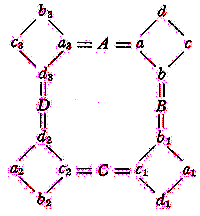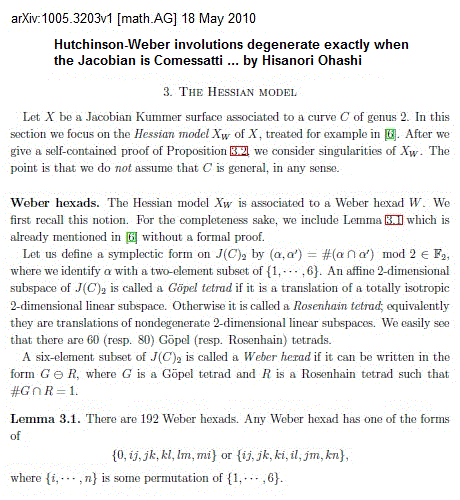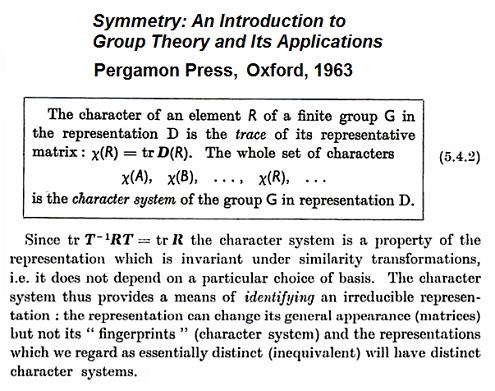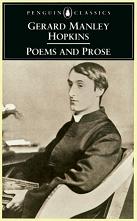The Zen of Abraham
Today’s Zen Chautauqua, prompted by the fact that this is Abrahamic week at the real Chautauqua, consists of links to
The Matrix of Abraham,
Matrix of the Death God, and
Happy Birthday, Kate and Kevin.
The real Chautauqua’s program this week is, of course, Christian rather than Zen. Its theme is “Building a Global Neighborhood: The Abrahamic Vision 2004.” One of the featured performers is Loretta Lynn; in her honor (and, of course, that of Sissy Spacek), I will try to overcome the fear and loathing that the Semitic (i. e., “Abrahamic”) religions usually inspire in me.
To a mathematician, the phrase “global neighborhood” sounds like meaningless politico-religious bullshit — a phrase I am sure accurately characterizes most of the discourse at Chautauqua this week. But a Google search reveals an area of research — “particle swarm optimization” in which the phrase “global neighborhood” actually means something. See
A Hybrid Particle Swarm
and Neural Network Approach
for Reactive Power Control,
by Paulo F. Ribeiro and
W. Kyle Schlansker (pdf).

This article includes the following:

Given the sophistication of his writing, I am surprised at Schlansker’s Christian background:

A good omen for the future is the fact that Schlansker balances the looney Semitic (or “Abrahamic”) teachings of Christianity with good sound Aryan religion, in the form of the goddess Themis.

Themis, often depicted as “Justice”
For those who must have an Abraham, Schlansker’s paper includes the following:

A Themis figure I prefer to the above:

For more on religious justice
at midnight in the garden of
good and evil, see the Log24
entries of Oct. 1-15, 2002.
For material on Aryan religion that is far superior to the damned nonsense at Chautauqua, New York, this week, see
Jane Ellen Harrison’s Themis: a Study of the Social Origins of Greek Religion, with an excursus on the ritual forms preserved in Greek tragedy by Gilbert Murray and a chapter on the origin of the Olympic games by F. M. Cornford. Rev. 2nd ed., Cambridge, Cambridge U.P., 1927.
Those who prefer the modern religion of Scientism will of course believe that Themis is purely imaginary, and that truth is to be found in modern myths like that of Carl Sagan’s novel Contact, illustrated below.

Jodie Foster (an admirer of
Leni Riefenstahl) and the
opening of the 1936 Olympics
“Heraclitus…. says: ‘The ruler whose prophecy occurs at Delphi oute legei oute kryptei, neither gathers nor hides, alla semainei, but gives hints.'”
— An Introduction to Metaphysics, by Martin Heidegger, Yale University Press paperback, 1959, p. 170
“The lord whose oracle is in Delphi neither indicates clearly nor conceals, but gives a sign.”
— Adolf Holl, The Left Hand of God, Doubleday, 1998, p. 50





































































